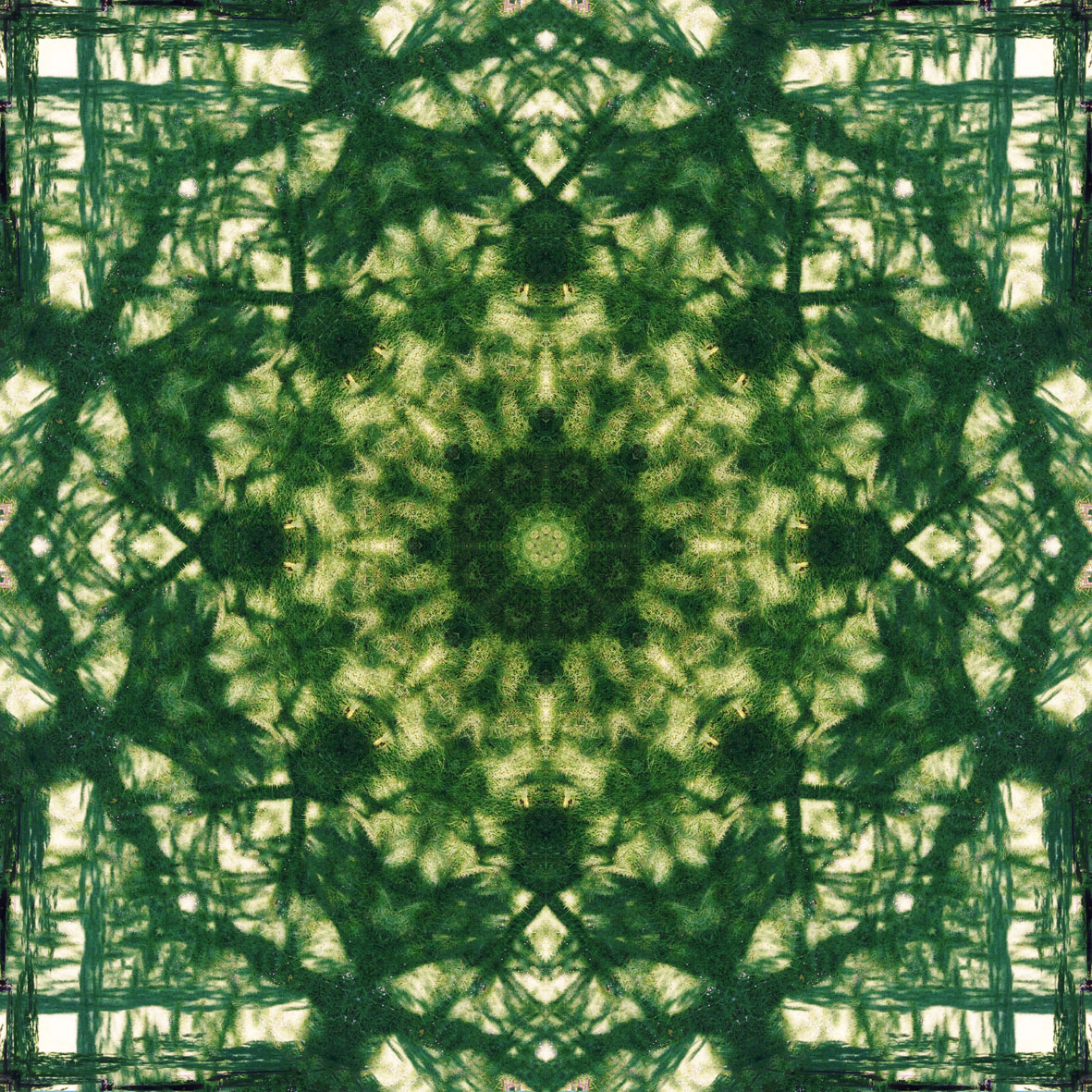Just started reading Martin Palmer’s ‘The Sacred History of Britain’ – soon to launch his ‘Sacred Land’ book at St Stephen’s Church next week. The landscape around us in terms of geography and man’s design is a relationship characterised by sacred elements – we can’t just read it as a process of urbanisation and technology. What we look at is often shaped by what we don’t see.
I find this fascinating for my story of relating to the landscape. My memories of growing up in Malawi and Kenya are often about the land, about the details of collecting shells and stones, and about the vistas of game-parks, the Ngong Hills and the coast-lines. My prolonged interest in the landscape of the South West of the UK, from Dartmoor to the Avon and Cheddar gorges, is about recognising my home – and siting not only my physical placement here, but my spiritual and artistic leanings. For Palmer, the Bristol landscape (where he grew up exploring the land from Dundry to Wells) ‘has made me a Christian as much as have the Gospels or the traditions of the Church itself’ (p.5).
I’m interested in connecting with the Bible over this – the land was a defining element for the identity of the Israelites (and still is), and more often than not, God chose to reveal himself in ways connected to the land (for example, the burning bush, the exodus itself and the imagery of Canaan). Adam, the first man, was both made of and means ‘earth’. New creation imagery is about the land rejoicing and being renewed in Christ. What does all this say about GROUNDEDNESS? About the nature of spirituality as connected to earth? Can we read, like Palmer, our own geographical history as a similar path of revelation?
Note to self: Read up about Celtic spirituality for a particularly British connection with the land. Go to Ebbor Gorge and the Priddy Circles in Somerset, the Goat Hole Cavern on the Gower peninsula, the Wayland Smithy on the Ridgeway, and Avebury or Stonehenge.



